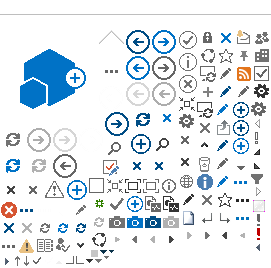Following a covered loss, an insured rented a replacement compressor at the cost of about $100 a day. By the time repairs were made, the insured incurred $6,000 in rental costs. Because of this rental, the insured had no real loss-of-business income. The adjuster denied the claim for the rental because the insured had purchased the CP 00 32 Business Income (Without Extra Expense) Coverage Form. Is this correct?
In a word: No. The title of this ISO form is misleading. It would be more appropriately named Business Income (With Limited Extra Expense) Coverage Form. Unlike the CP 00 30 Business Income (With Extra Expense) Coverage Form, which pays all incurred covered extra expenses up to the policy limit, the CP 00 32 limits recovery of covered extra expenses to the amount business income losses are reduced by.
The CP 00 32 form says, “In the event of a covered loss of Business Income, we will pay necessary expenses you incur, except the cost of extinguishing a fire, to avoid further loss of Business Income. The total of our payment for Business Income loss and Expenses to Reduce Loss will not be more than the Business Income loss that would have been payable under this Coverage Form (after application of any Coinsurance penalty) if the Expenses to Reduce Loss had not been incurred.”
To learn more about this and other business income issues, click here.
Skunk Claim Denials: Something or Somebody Stinks
The three most common bases for denying skunk claims are the pollution exclusion and the rodent or vermin exclusions.
When dealing with these claims, keep in mind that there must be property damage, not just a lingering odor in the atmosphere. Also, for there to be personal property coverage, it must be insured on a named-exclusions basis. That being the case, under the ISO homeowners policy, there is little basis for excluding losses caused by skunks, including additional living expenses incurred.
For example, it is easy to prove that a skunk is not a rodent. Rodents are of the family rodentia while skunks are of the family carnivora. They are biologically different critters. Appeals and Supreme Court cases from around the country have found the term “vermin” ambiguous, aside from damage caused by rodents and noxious parasites such as lice. As for the pollution exclusion, well, come on!
For detailed information on vermin and a preview of what ISO may have in store to remedy this situation, click here
Should Tenant Addresses Include Suite Numbers?
Should you show a commercial property insured tenant’s suite number? At issue is how this would affect coverage for property within 100 ft. of the “premises” and impact the business income coverage (or lack thereof) for a loss in the building outside the suite vs. a potential coinsurance penalty based on the suite value and total building value.
Could this affect coverage for personal property in the open or in a vehicle in the parking lot of the building in which the insured is a tenant? Quite possibly. According to one decision (Evergreen National Indemnity Company v. Tan It All, Inc., Texas Court of Appeals, 2003), there was no coverage for $45,000 of equipment in a truck located 280 feet from the entrance to a commercial suite.
For more information about this court case, along with an analysis of the business income exposure and coinsurance issues, click here.
Bill Wilson (bill.wilson@iiaba.net) is Big "I" director of the Virtual University, an online learning center for agents and brokers.
